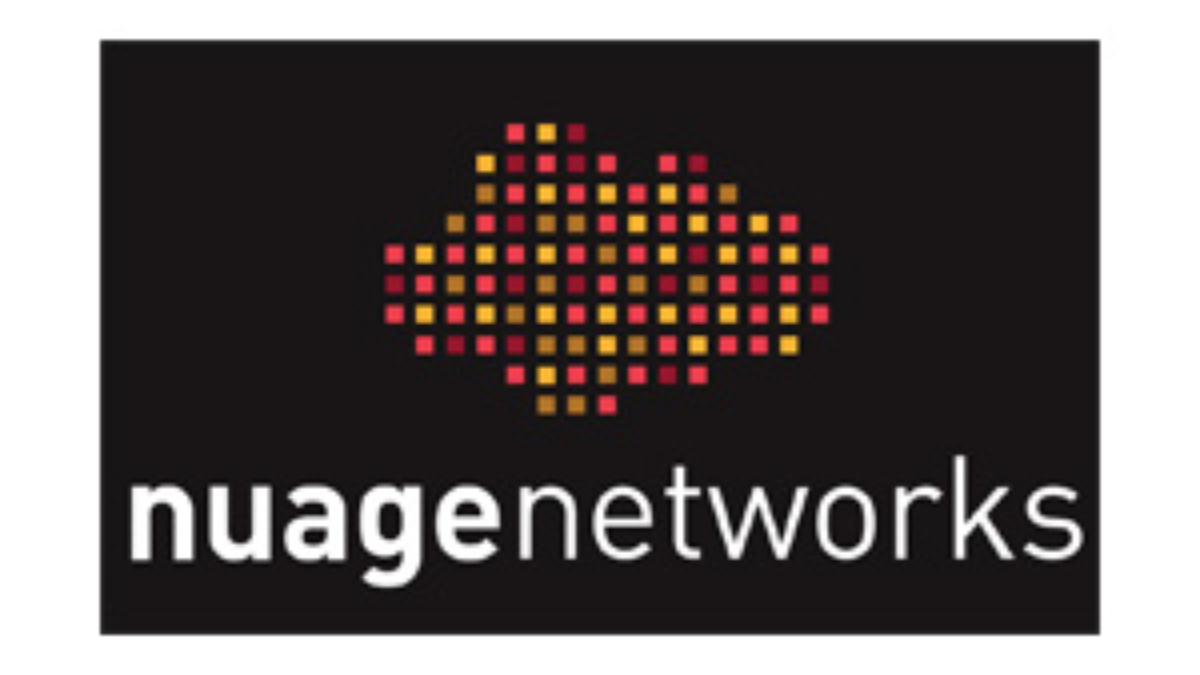Nuage Networks
The following post details Nuage Netowrk and its response to SD-WAN. Part 2 can be found here with Nuage Network and SD-WAN. It’s a 24/7 connected world, and traffic diversity puts the Wide Area Network (WAN) edge to the test. Today’s applications should not be hindered by underlying network issues or a poorly designed WAN. Instead, the business requires designers to find a better way to manage the WAN by adding intelligence via an SD WAN Overlay with improved flow management, visibility, and control.
The WAN Monitoring role has changed from providing basic inter-site connectivity to adapting technology to meet business applications’ demands. It must proactively manage flows over all available paths, regardless of transport type. Business requirements should drive today’s networks, and the business should dictate the directions of flows, not the limitations of a routing protocol. The remainder of the post relates to Nuage Network and services as a good foundation for an SD WAN tutorial.
For additional information, you may find the following posts helpful:
Nuage SD WAN. |
|
The building blocks of the WAN have remained stagnant while the application environment has dynamically shifted; sure, speeds and feeds have increased, but the same architectural choices that were best practice 10 or 15 years ago are still being applied, hindering rapid growth in business evolution. So how will the traditional WAN edge keep up with new application requirements?
Nuage SD WAN
Nuage Networks SD-WAN solution challenges this space and overcomes existing WAN limitations by bringing intelligence to routing at an application level. Now, policy decisions are made by a central platform that has full WAN and data center visibility. A transport-agnostic WAN optimizes the network and the decisions you make about it. In the eyes of Nuage, “every packet counts,” and mission-critical applications are always available on protected premium paths.
Routing Protocols at the WAN Edge
Routing protocols assist in the forwarding decisions for traffic based on destinations, with decisions made hop-by-hop. This limits the number of paths the application traffic can take. Paths are further limited to routing loop restrictions – routing protocols will not take a path that could potentially result in a forwarding loop. Couple this with the traditional forwarding paradigms of primitive WAN designs, resulting in a network that cannot match today’s application requirements. We need to find more granular ways to forward traffic.
There has always been a problem with complex routing for the WAN. BGP supports the best path, and ECMP provides some options for path selection. Solutions like Dynamic Multipoint VPN (DMVPN) operate with multiple control planes that are hard to design and operate. It’s painful to configure QOS policies per-link basis and design WAN solutions to incorporate multiple failure scenarios. The WAN is the most complex module of any network yet so important as it acts as the gateway to other networks such as the branch LAN and data center.
Best path & failover only.
At the network edge, where there are two possible exit paths, choosing a path based on a unique business characteristic is often desirable. For example, use a historical jitter link for web traffic or premium links for mission-critical applications. The granularity for exit path selection should be flexible and selected based on business and application requirements. Criteria for exit points should be application-independent, allowing end-to-end network segmentation.
External policy-based protocol
BGP is an external policy-based protocol commonly used to control path selection. BGP peers with other BGP routers to exchange Network Layer Reachability Information (NLRI). Its flexible policy-orientated approach and outbound traffic engineering offer tailored control for that network slice. As a result, it offers more control than an Interior Gateway Protocol (IGP) and reduces network complexity in large networks. These factors have made BGP the de facto WAN edge routing protocol.
However, the path attributes that influence BGP does not consider any specifically tailored characteristics, such as unique metrics, transit performance, or transit brownouts. When BGP receives multiple paths to the same destination, it runs the best path algorithm to decide the best path to install in the IP routing table; generally, this path selection is based on AS-Path. Unfortunately, AS-Path is not an efficient measure of end-to-end transit. It misses the shape of the network, which can result in long path selection or paths experiencing packet loss.
The traditional WAN
Traditional WAN routes down one path and, by default, have no awareness of what’s happening at the application level (packet loss, jitter, retransmissions). There have been many attempts to enhance the WANs behavior. For example, SLA steering based on enhanced object tracking would poll a metric such as Round Trip Time (RTT).
These methods are popular and widely implemented, but failover events occur on a configurable metric. All these extra configuration parameters make the WAN more complex. Simply acting as band-aids for a network that is under increasing pressure.
“Nuage Networks sponsor this post. All thoughts and opinions expressed are the authors.”
- DMVPN - May 20, 2023
- Computer Networking: Building a Strong Foundation for Success - April 7, 2023
- eBOOK – SASE Capabilities - April 6, 2023



